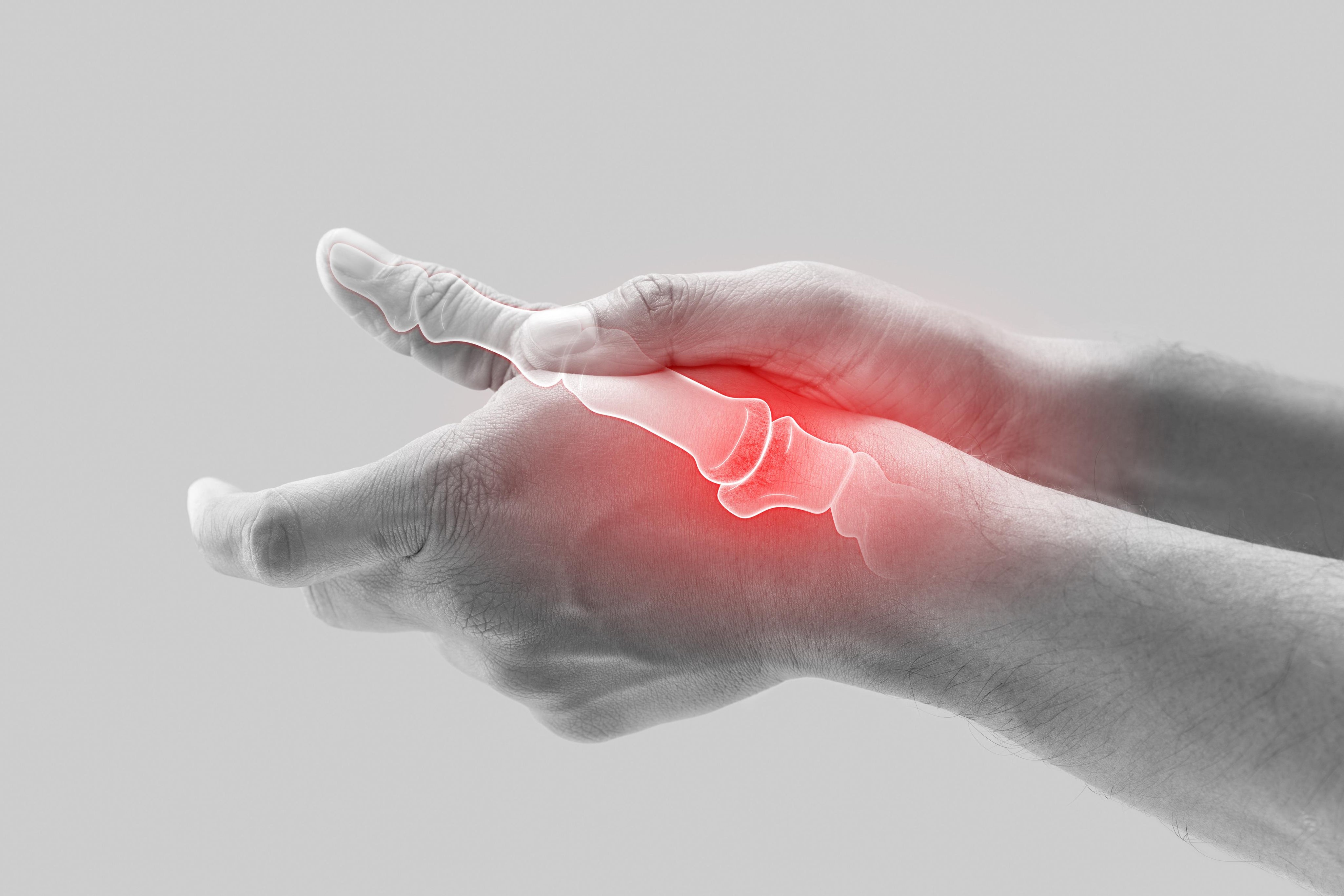Four Ways to Identify a Bunion

With more than 3 million cases reported annually, bunions are a very common foot condition in the USA. In fact, 1 in 3 Americans have bunions. The condition involves an abnormal bone formation on the joint of the big toe which can be very uncomfortable. And the key to bunion recovery is early detection. So the sooner you identify a bunion, the better.
Bunions are caused by swollen tissue or an enlargement of the boney growth, usually located at the base joint of the toe. The bones on the big toe shift inwards, impacting the other toes of the foot. And they cause the area around the base of the big toe to become inflamed.
Think you might have a bunion? Here are four common signs to watch out for:
- Swelling, soreness, and Pain— Having soreness in the big toe area, especially after physical activity may indicate the presence of a bunion.
- A visible bump on the side of the big toe joint — One of the most common and easily recognized signs of a bunion is a visible, bulging bump on the side of the big toe joint. Unfortunately, the bunion is harder to treat once the bump is visible. So if you feel any pain or discomfort in the outer side of your big toe, contact your specialist to schedule an exam.
- Corns and Calluses — A bunion on the big toe adds pressure to the other toes. And the result can be corns, calluses, or hammertoes.
- Joint Pain: – Stiffness of the big toe joint with limited motion is often associated with bunions.
Bunions can be progressive and can worsen over time. If you think you may have a bunion, speak with your doctor or medical professional about a treatment plan best suited to fit your personal needs so you can get on the road to recovery today.


